Flowers are often celebrated for their sheer beauty and charm, but their meanings can vary widely depending on cultural context. Understanding these nuances can help you avoid unintentional misunderstandings when giving flowers or using them for decorations.
Table of Contents
ToggleLavender: Symbol of Love
Lavender carries meanings of blessings, symbolizing passionate, intense, and loyal love. Its fragrance also evokes a sense of allure and charm.
Lavender bouquets are often used in weddings as a blessing for the newlyweds. Additionally, scattering dried lavender around the home is believed to bring peace and harmony. Dried lavender is also placed in sachets under pillows to create a calming and restful sleep environment.
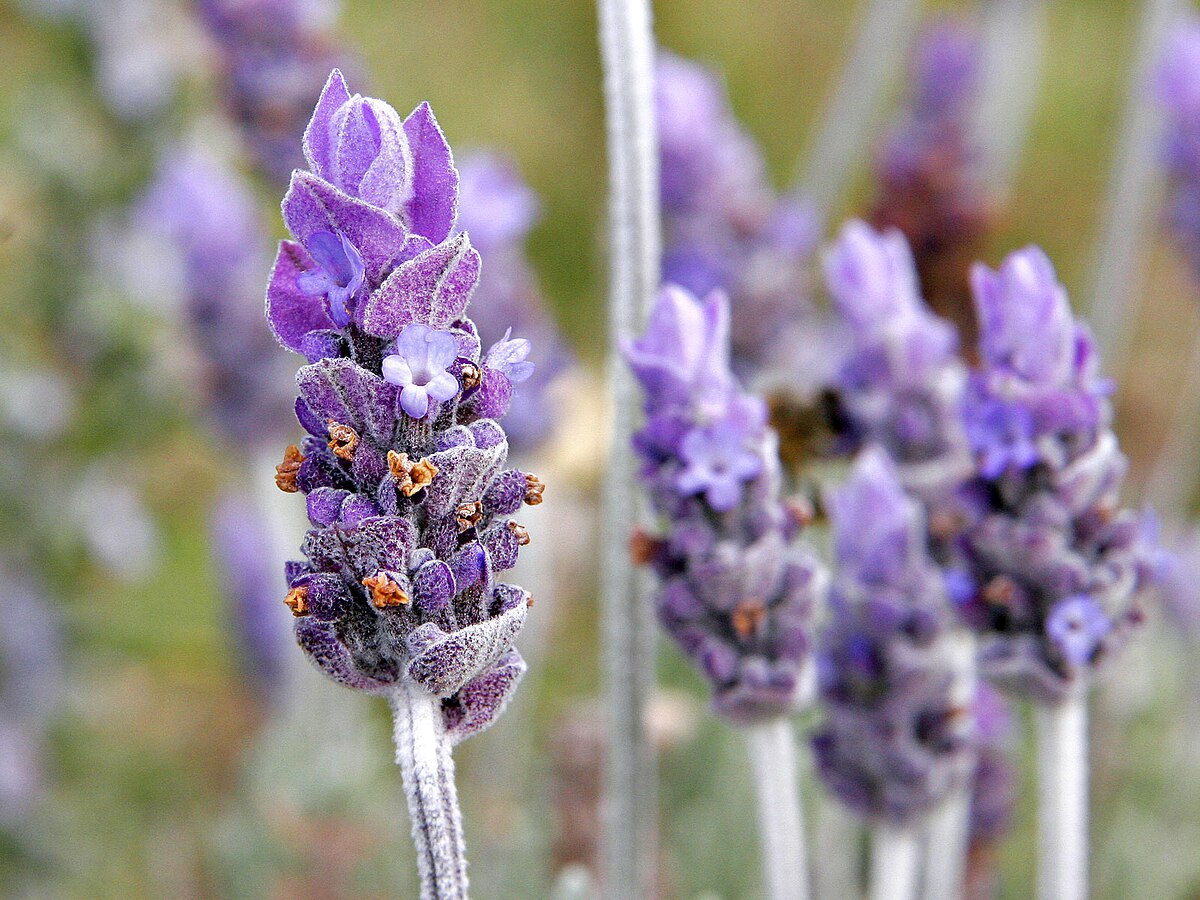
Chrysanthemums: A Dual-Edged Symbol
In many Western cultures, chrysanthemums are associated with joy and optimism, often appearing in vibrant bouquets and arrangements. However, this is not the case in East Asia. In China, Japan, and Korea, chrysanthemums are linked to death and mourning. They are commonly seen at funerals and on graves, with white varieties particularly symbolizing bereavement. Therefore, offering chrysanthemums in these regions could be perceived as an ill omen or even an affront.
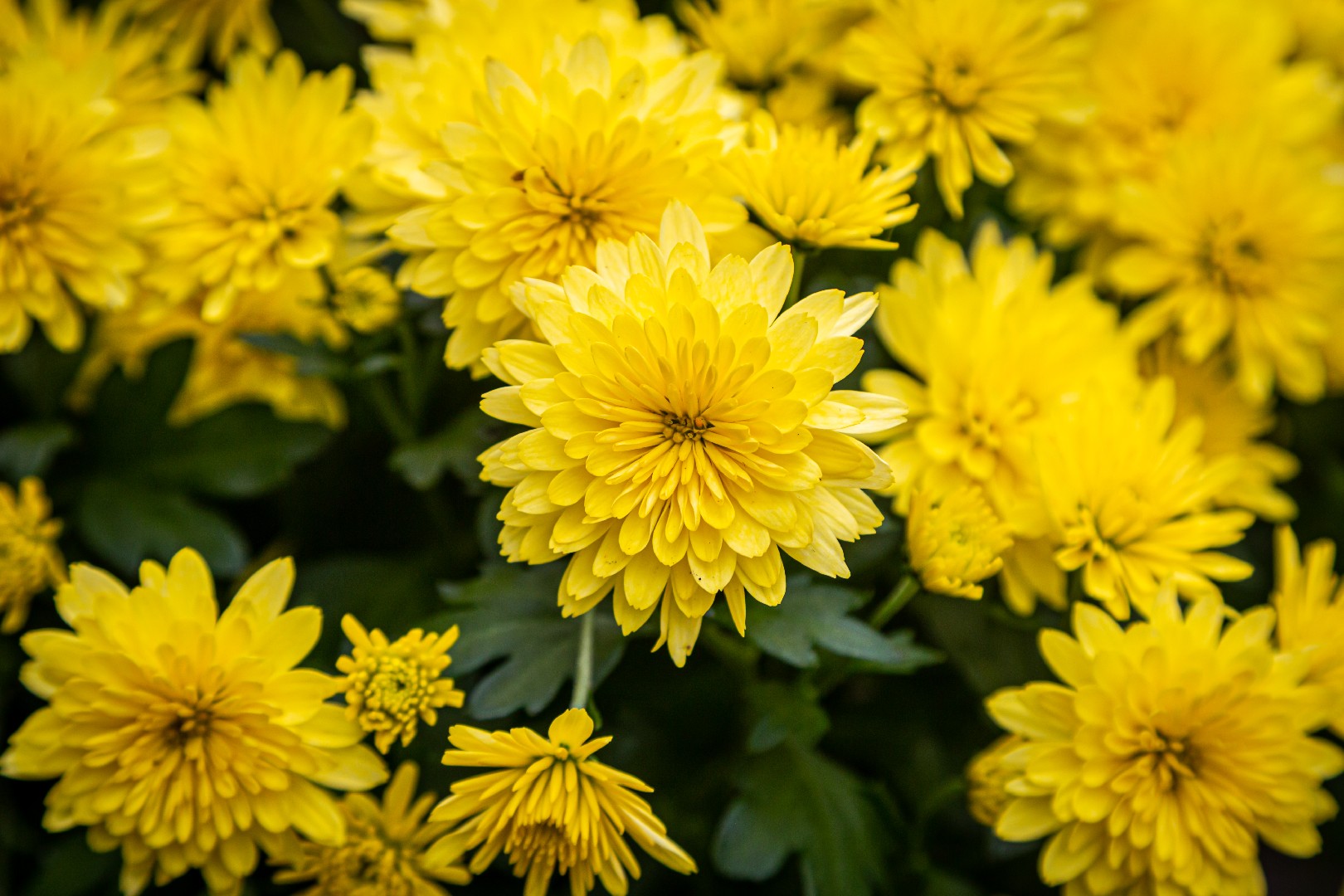
Carnations: From Admiration to Misfortune
Carnations are a popular choice for expressing love and admiration, especially on Mother’s Day. Yet, in France, their symbolism takes a darker turn. Historically, carnations were associated with funerals, and this has led to their reputation as a sign of bad luck and misfortune. The same caution applies in Spain and Turkey, where carnations can also be viewed as symbols of disdain or rejection.
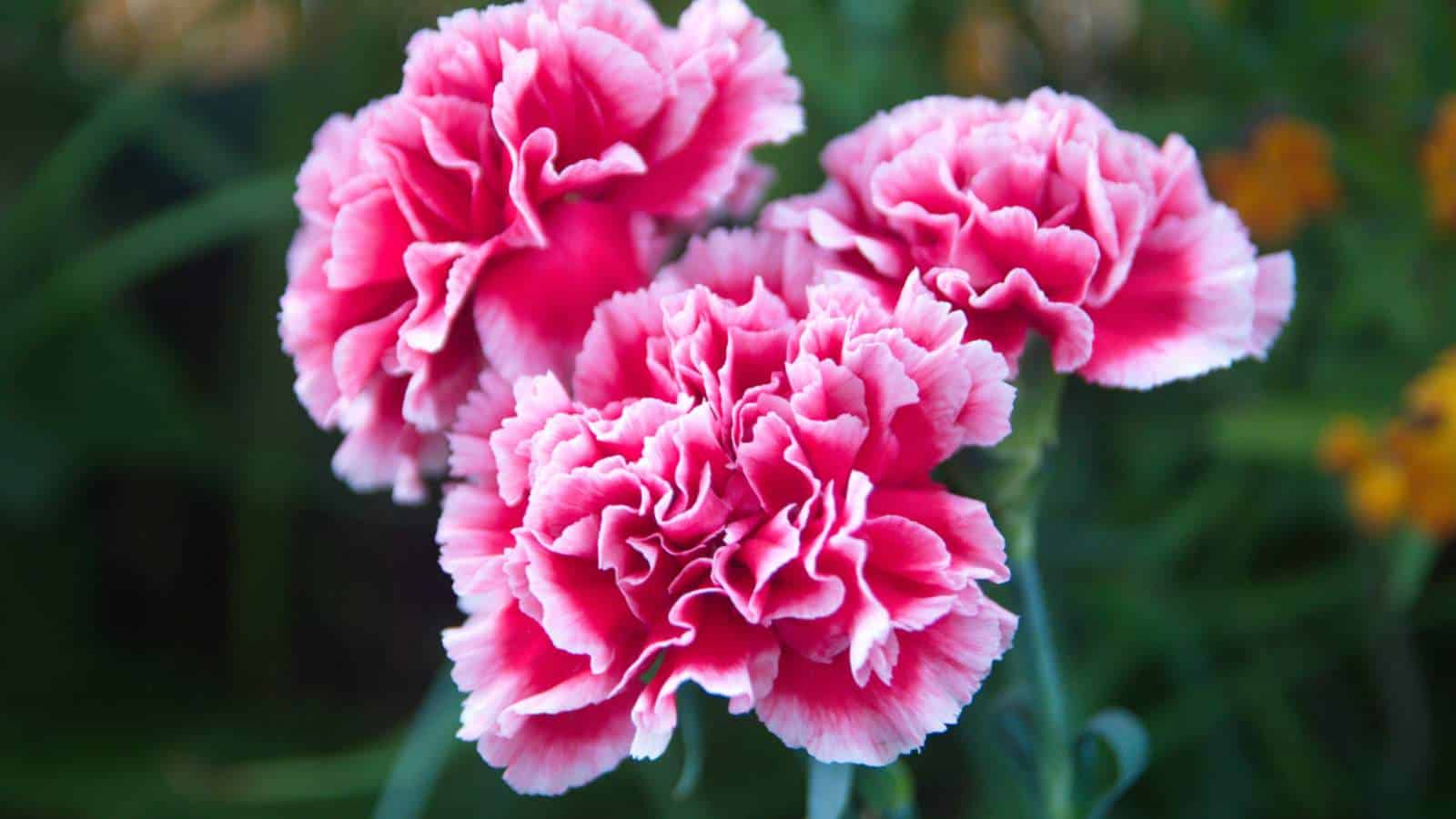
Yellow Lilies: A Cautionary Bloom
Lilies, with their varied hues, can convey different sentiments. However, yellow lilies are particularly problematic in Russia, where they are linked to falsehood and deception. Presenting yellow lilies might inadvertently imply insincerity or dishonesty.
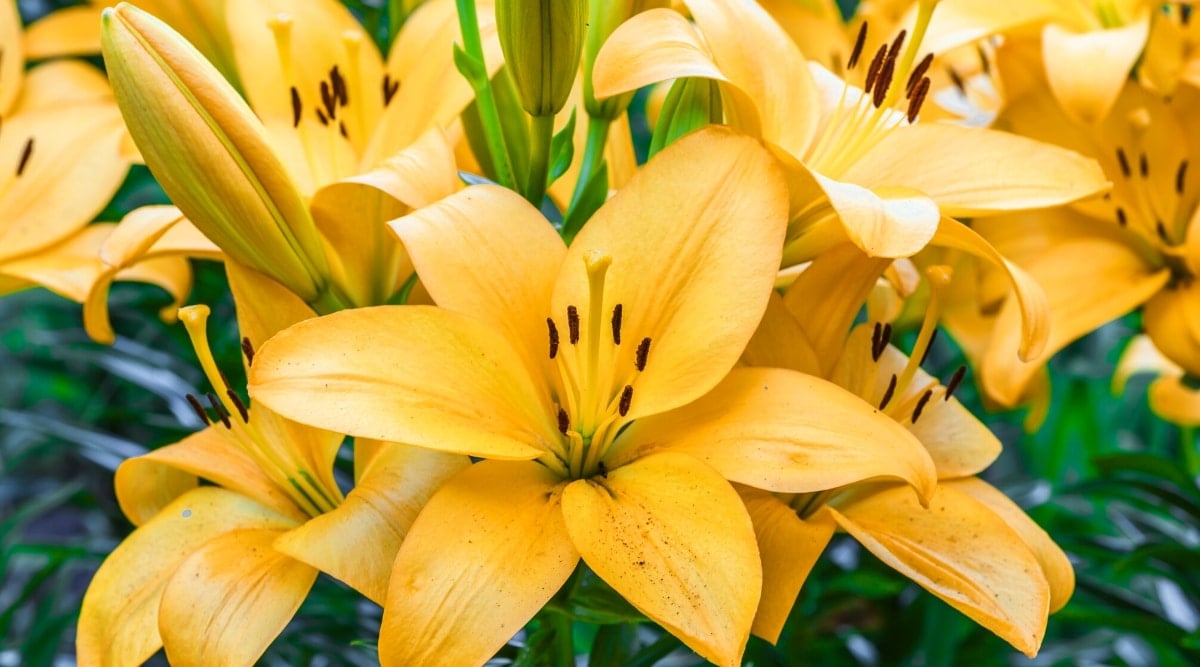
White Lotus: Purity or Ominous Sign?
The white lotus is often revered for symbolizing purity and spiritual enlightenment in many Asian cultures. Yet, in India, it can also signify death and detachment from the material world. Therefore, unless you are attending a spiritual or mourning event, it’s wise to avoid sending white lotuses.
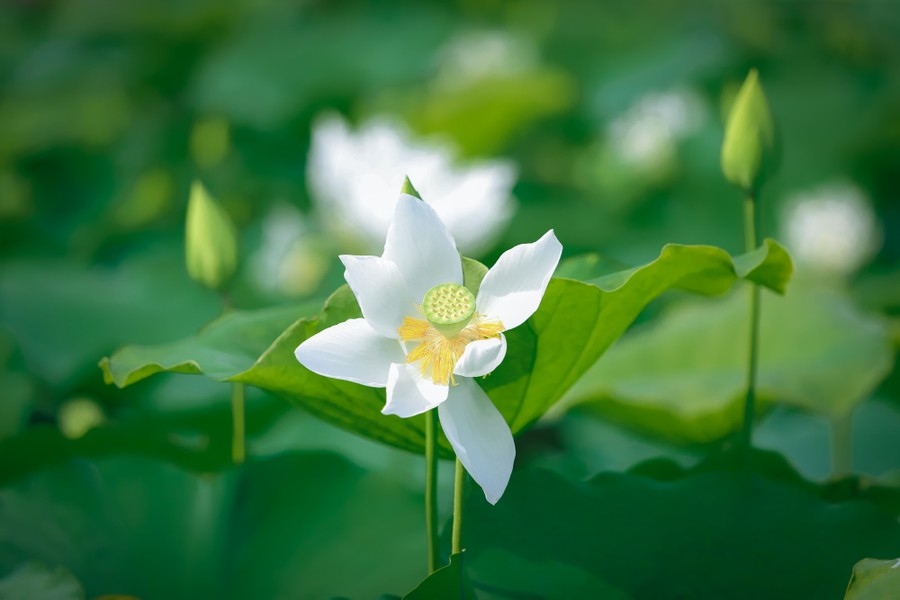
Four-Leaf Clover: Not Universally Lucky
Although not a flower, the four-leaf clover is worth noting for its symbolism. While generally seen as a symbol of good luck, in Japanese culture, the number four (pronounced ‘shi’) is associated with death. Consequently, four-leaf clovers may not be the most auspicious gift in Japan.\
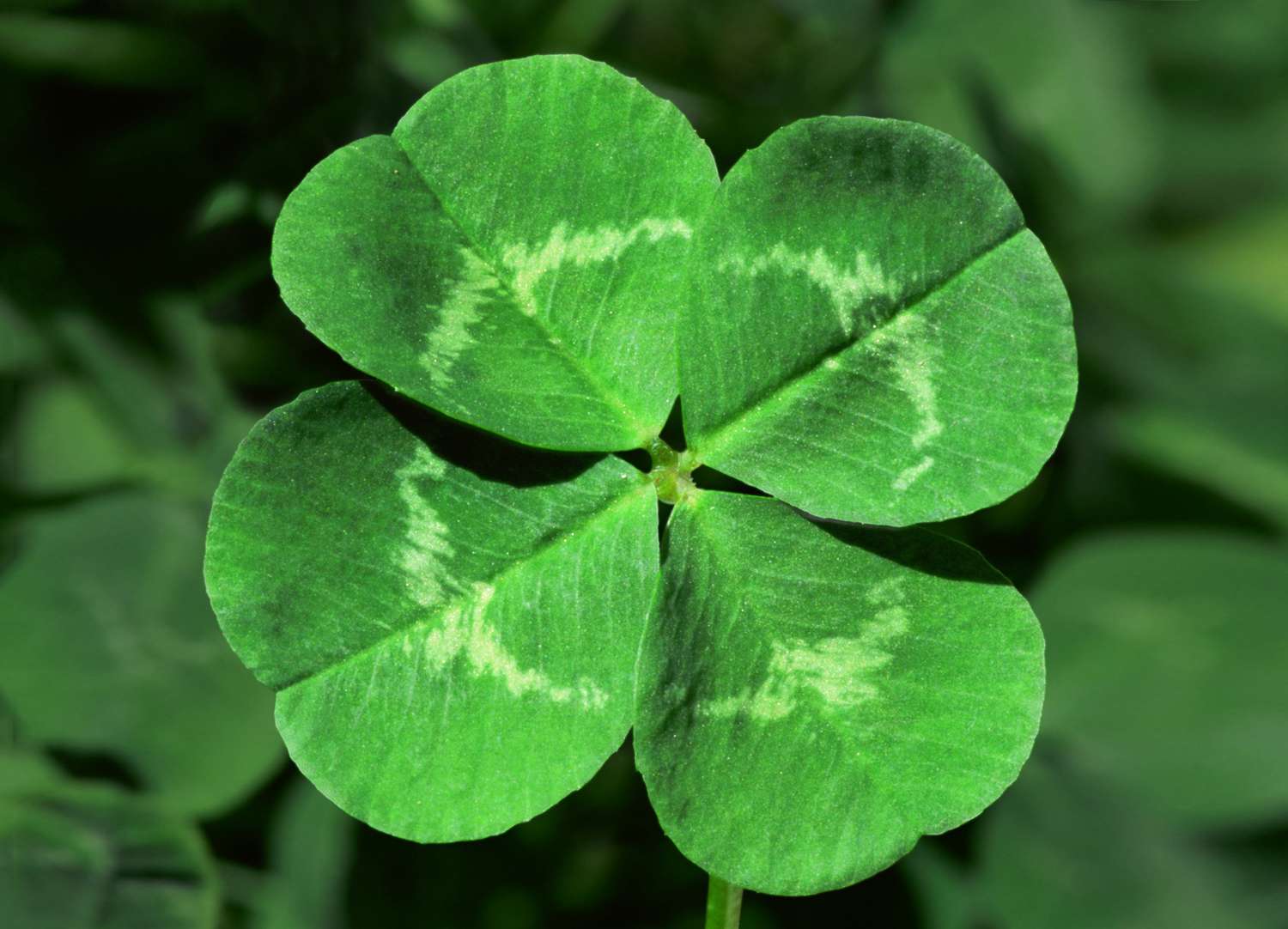
Navigating the World of Flower-Giving
Flowers have the power to convey complex emotions and messages across different cultures. Their meanings can shift dramatically depending on regional beliefs and traditions. By being aware of these cultural differences, you can ensure that your floral gifts communicate the intended sentiment.
In our interconnected world, understanding the diverse meanings behind flowers is essential. Should you ever be uncertain about the significance of a flower, don’t hesitate to seek advice. Properly chosen, flowers can beautifully express your feelings and intentions.
